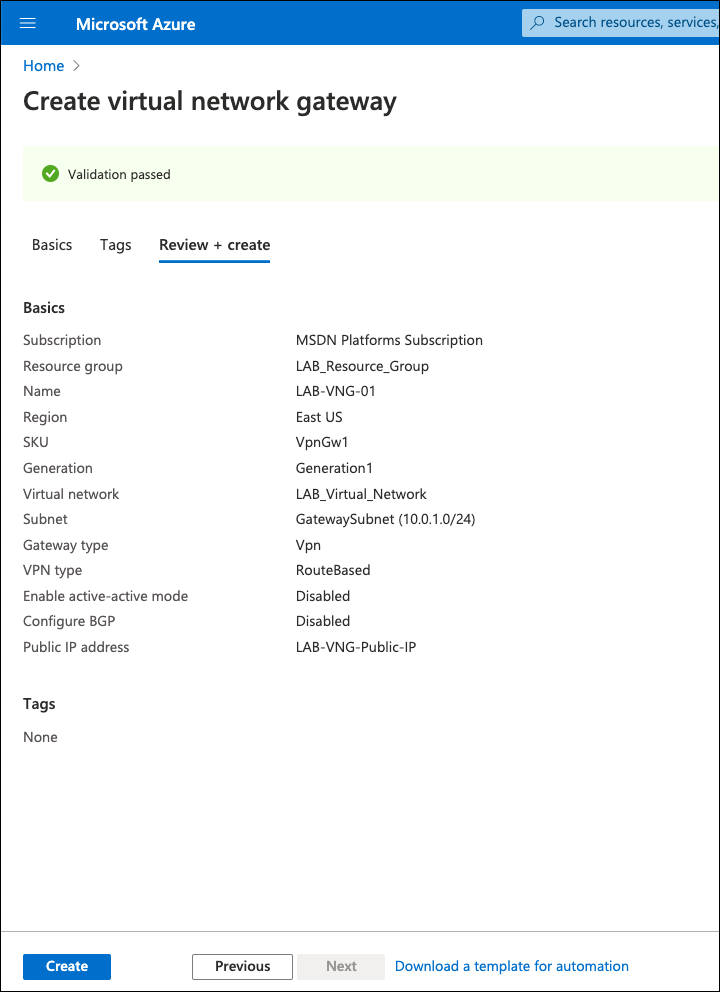

You can do the next two steps together, but I prefer to do then separately, or it will error if the first one does not complete!

Note: This will take a while, go and put the kettle on! Make sure all running tasks and deployments are complete before continuing. You can’t change the name, (you could before, then it wouldn’t work, which was strange, but I suppose it’s fixed now) > put in another network that’s part of the Virtual-Network, but does not overlap with the subnet you created in the previous step > OK.Īll Services > Virtual Network Gateways > Create Virtual Network Gateway > Name it > Route Based > Create New Public IP > Give it a Name > Create. With your virtual network selected >Subnets > +Gateway Subnet. If you are a ‘networking type’ it’s part of the virtual network, but is more specific than the subnet you already created. To further confuse all the network engineers, we now need to add another subnet, this one will be used by the ‘gateway’. OK, if you’re used to networking this can be a little confusing, we are going to create a virtual network, and in it we are going to put a virtual subnet, (yes I know this is odd, bear with me!) It’s the ‘ Subnet Name‘and ‘ address range‘ that things will actually connect to, (10.0.0.0/24).Īll Services > Virtual Networks > Create Virtual Network > Give the Virtual Network a name, a subnet, select your resource group > Then create a Subnet, give it a name and a subnet > Create. Sign int0 Azure > All Services > Resource Groups > Create Resource Group > Give your Resource Group a name, and select a location > Create. You may already have Resource Groups and Virtual Networks setup, if so you can skip the first few steps. Note: You could ‘hairpin’ multiple sites over this one tunnel, but that’s not ideal.Ĭonfigure Azure for ‘Route Based’ IPSec Site to Site VPN

In normal scenario Anyconnect user connects to ASA-1 and site-to-site tunnels as well. All these is controlled by external load balancer and API agent.įor Anyconnect RA I am using traffic manager pointing ASA-1 as a priority and all clients are connecting via one DNS name. When failover event happens backup ASA just change the UDRs pointing the routes to its interfaces and become active. The two ASA will be active/standby, cloud failover is a bit different than on prem ASAs. I am going to deploy two ASAv in HA in azure, main purpose will be site-to-site and Anyconnect RA.


 0 kommentar(er)
0 kommentar(er)
